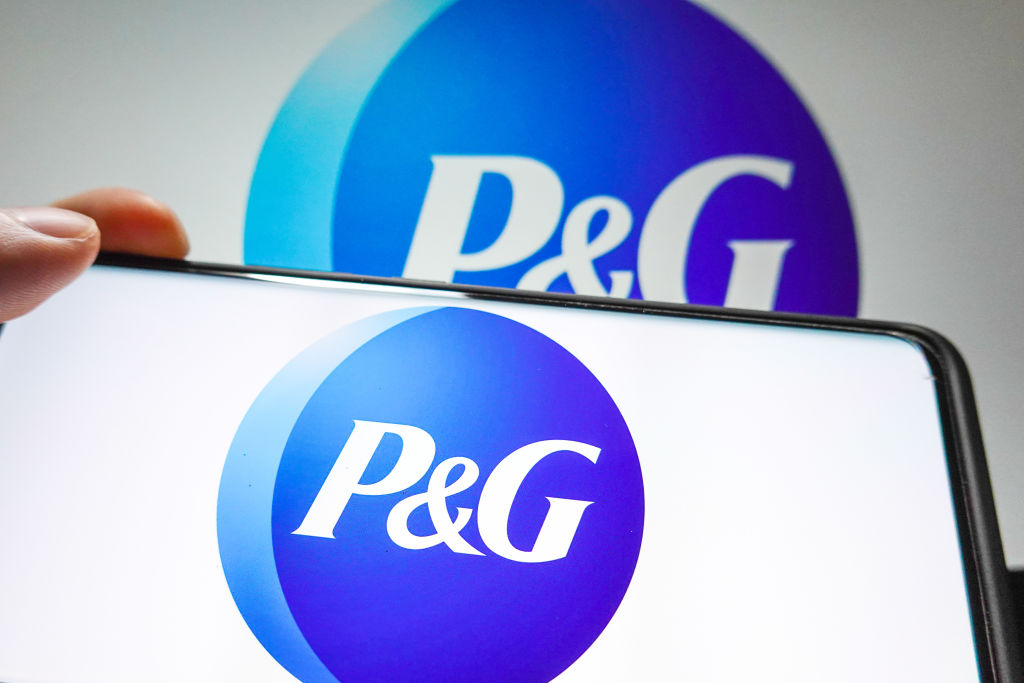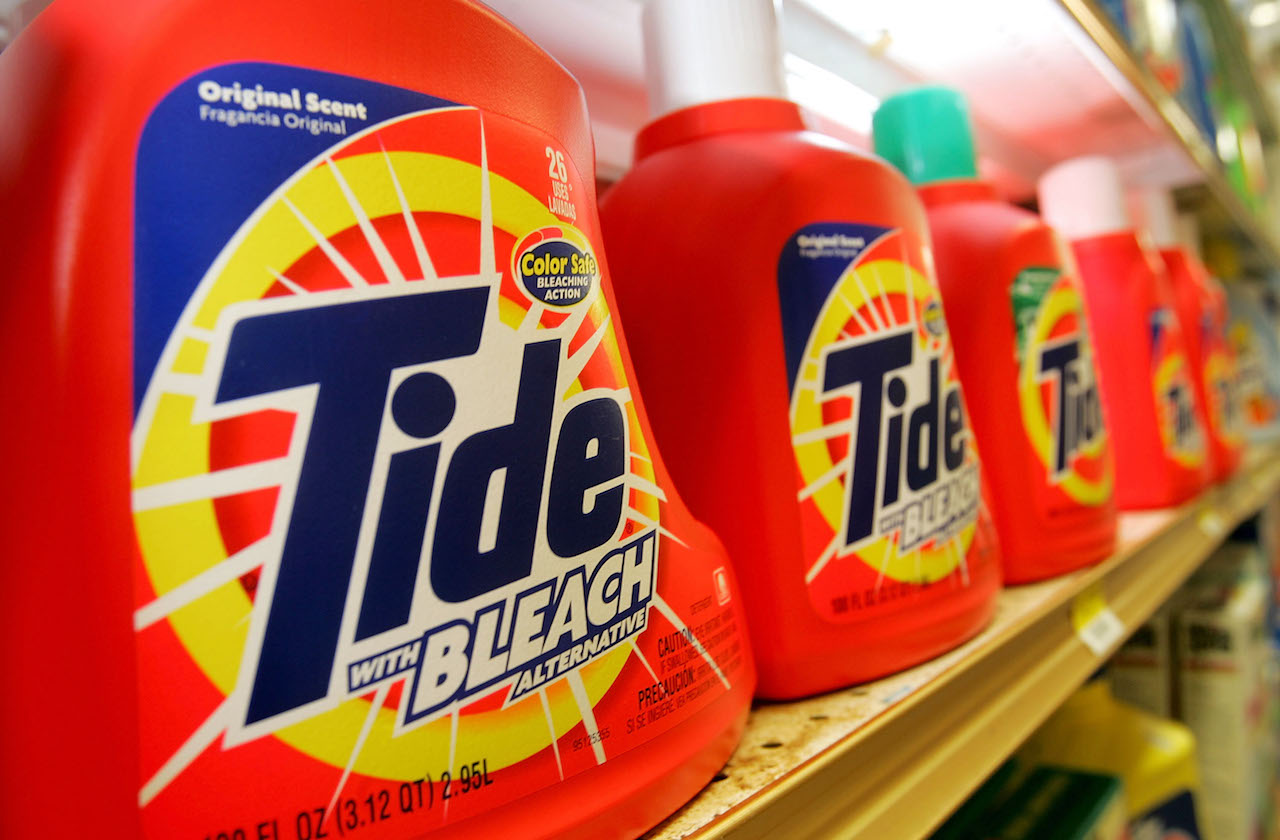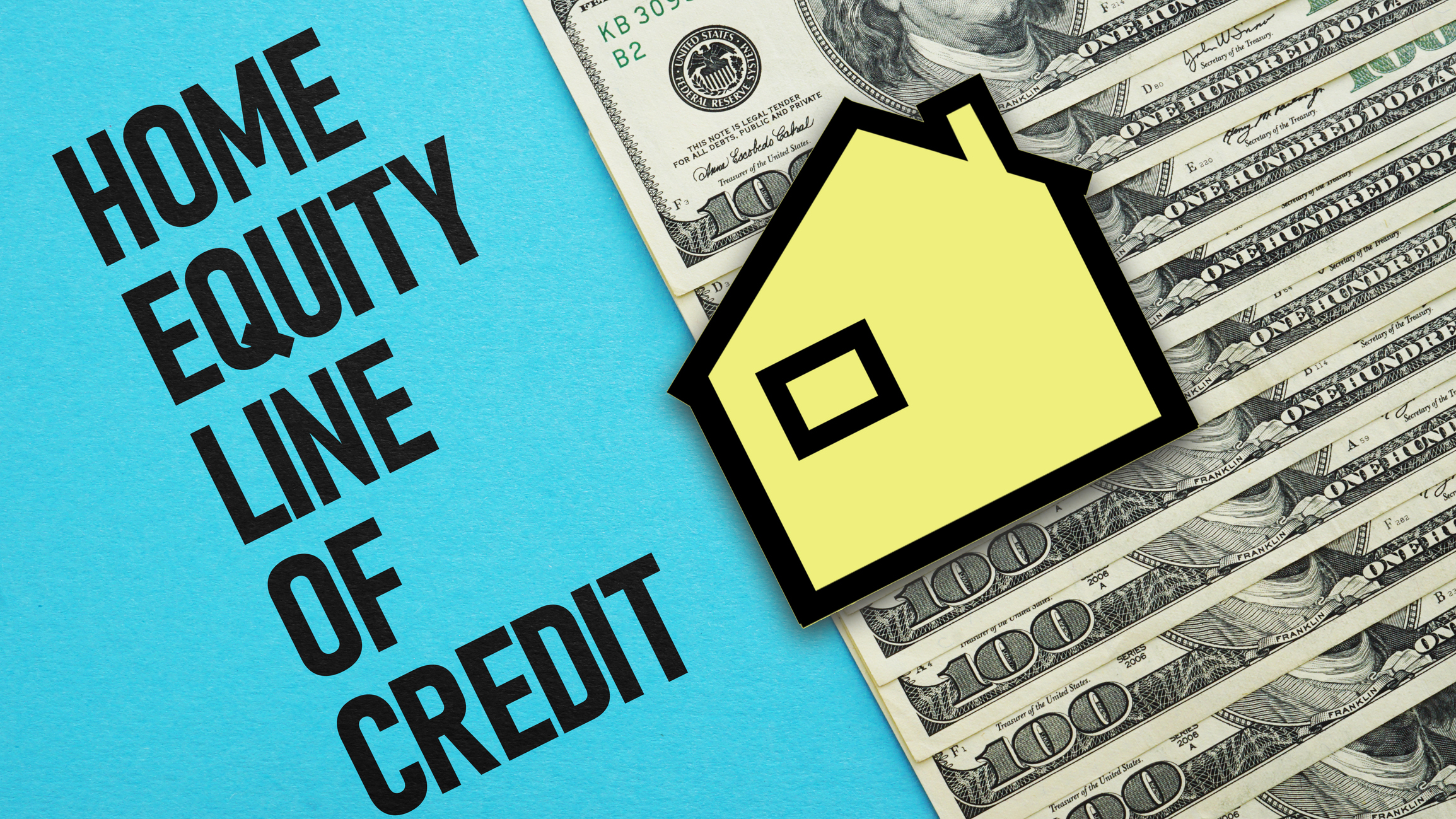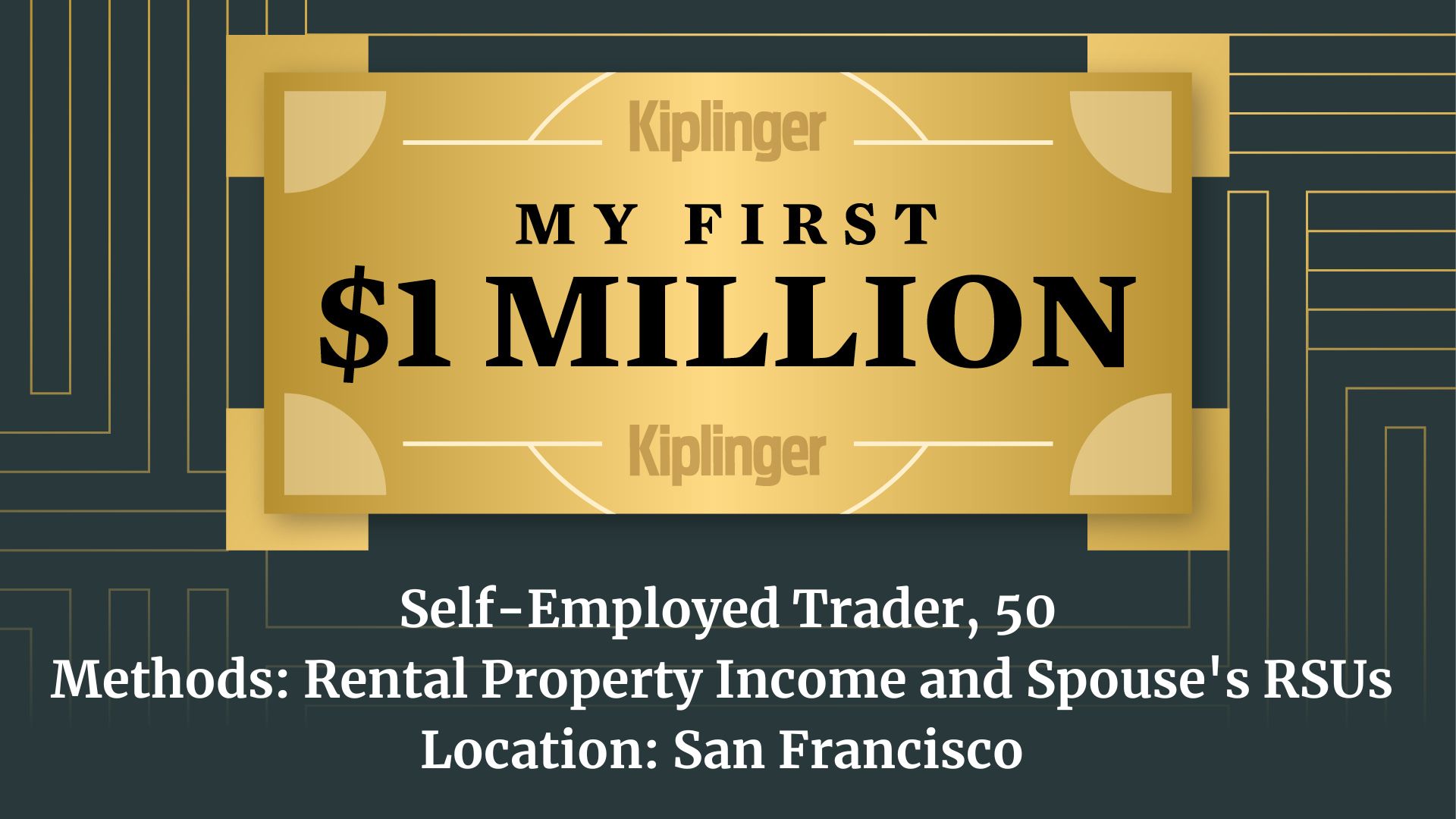P&G Raises Prices on 25% of US Products as Tariffs Take a Toll
Facing a $1 billion tariff bill in fiscal 2026, Procter & Gamble will implement mid-single digit price hikes starting in August to offset costs.


Procter & Gamble, one of the world’s largest consumer goods companies, is known for household-name brands like Tide, Dawn and Olay. The multinational corporation, headquartered in Cincinnati, Ohio, sells products in more than 180 countries and has a massive reach in categories ranging from cleaning supplies to personal care and baby products.
Procter & Gamble recently announced price hikes on about a quarter of its products in response to economic pressures driven by President Donald Trump's tariffs.
Because the company’s portfolio includes dozens of trusted brands found in most households, the price increases will likely be felt by many Americans. Essentials like toilet paper, dish soap, shampoo, laundry detergent and other everyday items are expected to become more expensive in the coming months. Here’s what you need to know about the price increases and how they might affect you.
From just $107.88 $24.99 for Kiplinger Personal Finance
Become a smarter, better informed investor. Subscribe from just $107.88 $24.99, plus get up to 4 Special Issues

Sign up for Kiplinger’s Free Newsletters
Profit and prosper with the best of expert advice on investing, taxes, retirement, personal finance and more - straight to your e-mail.
Profit and prosper with the best of expert advice - straight to your e-mail.
What you need to know about the Procter & Gamble price increase
Procter & Gamble announced the price increase during a call after releasing the corporation’s fiscal fourth-quarter figures, according to the Associated Press.
During the call, P&G shared that the tariffs implemented by President Trump will increase its costs by about $1 billion before taxes during fiscal year 2026.
That financial hit comes as consumers are also becoming more cautious with their spending. Chief Financial Officer Andre Schulten told reporters that shoppers are increasingly seeking value by purchasing larger, value-size packages or opting for online and big-box retailers.
P&G said it will raise prices on about a quarter of its products in August, with increases expected to be in the mid-single-digit range.
Procter & Gamble’s strategy for dealing with higher costs
The price increases are just one of Procter & Gamble’s efforts to cope with the growing economic pressures generated by tariffs. The company’s two-year restructuring plan, announced in June, calls for P&G to leave some product categories and brands.
The plan also calls for the company to cut about 6% of its workforce, or 7,000 jobs.
Which brands will be affected by the P&G tariff price increase?

Procter & Gamble has an extensive brand lineup, including popular brands such as:
- Luvs
- Pampers
- Tide
- Bounty
- Charmin
- Always
- Gillette
- Pantene
- Old Spice
- Dawn
- Febreze
- Swiffer
- Crest
- Metamucil
- Olay
- Secret
While the price increases will reportedly only affect about a quarter of Procter & Gamble products, the corporation hasn’t specified which products will be subject to price increases.
How tariff price increases are impacting consumers
The Procter & Gamble price increase is just one example of how tariffs are impacting not only businesses but also American consumers. Major retailers like Walmart have raised prices due to tariffs as product costs climb, and those increases are now becoming more visible.
In recent weeks, Walmart’s prices on items such as baby gear and home goods have begun to rise, CNBC reports. While shoppers can choose to skip non-essential items, Procter & Gamble’s brands sell everyday necessities like toothpaste and shampoo, leaving consumers little choice but to pay more.
As more manufacturers and retailers respond to tariffs with price hikes, expect to see higher prices across most of the places you shop.
Earning cash back on every grocery trip can help put a little of that money back in your pocket. See Kiplinger's top credit card picks for online shopping, powered by Bankrate. Advertising disclosure.
How to save despite tariff price increases
You can still save money and shop smart in several ways:
- Stock up. If you buy P&G brands, stock up on essentials quickly now before prices increase.
- Change brands. Consider buying from different brands with lower prices. Store brands often offer a lower-cost alternative, especially as name brands like P&G start to increase prices.
- Buy in bulk. If you have room in your budget, you may be able to save money by buying items in bulk. Just be sure to compare prices and do some math to confirm you’re getting a good deal.
- Shop sales. Take advantage of sales, like Labor Day and back-to-school sales, to get lower prices on items you need.
- Compare prices. Before you shop, make a list of the items you need and research their prices at different retailers to find the best deals.
- Sign up for retailer notifications. When you regularly shop at a retailer, sign up for their app or newsletter to get notifications about upcoming sales and deals. Some retailers also send out discount codes or coupons, so you might get extra savings for simply subscribing.
Plan ahead to keep costs under control
Unfortunately, the Procter & Gamble price increase is just one of many that consumers are likely to face as businesses continue to respond to tariffs. As prices rise, it’s important to be strategic about your purchases. Take time to compare prices, look for sales and consider alternative brands or store brands when possible.
Small steps like buying in bulk or stocking up during promotions can add up to meaningful savings over time. With a little planning, you can help offset some of the impact and keep your budget on track.
Related Content
Profit and prosper with the best of Kiplinger's advice on investing, taxes, retirement, personal finance and much more. Delivered daily. Enter your email in the box and click Sign Me Up.

Paige Cerulli is a freelance journalist and content writer with more than 15 years of experience. She specializes in personal finance, health, and commerce content. Paige majored in English and music performance at Westfield State University and has received numerous awards for her creative nonfiction. Her work has appeared in The U.S. News & World Report, USA Today, GOBankingRates, Top Ten Reviews, TIME Stamped Shopping and more. In her spare time, Paige enjoys horseback riding, photography and playing the flute. Connect with her on LinkedIn.
-
 December Fed Meeting: Live Updates and Commentary
December Fed Meeting: Live Updates and CommentaryThe December Fed meeting is one of the last key economic events of 2025, with Wall Street closely watching what Chair Powell & Co. will do about interest rates.
-
 This Is Why Investors Shouldn't Romanticize Bitcoin
This Is Why Investors Shouldn't Romanticize BitcoinInvestors should treat bitcoin as the high-risk asset it is. A look at the data indicates a small portfolio allocation for most investors would be the safest.
-
 I'm a Federal Benefits Pro: I Answer These 2 Questions a Lot
I'm a Federal Benefits Pro: I Answer These 2 Questions a LotMany federal employees ask about rolling a TSP into an IRA and parsing options for survivor benefits, both especially critical topics.
-
 Smart Money Moves Savers Should Make in 2026
Smart Money Moves Savers Should Make in 2026These steps will get you on the road to achieving your 2026 savings goals.
-
 How Much Would a $50,000 HELOC Cost Per Month?
How Much Would a $50,000 HELOC Cost Per Month?Thinking about tapping your home’s equity? Here’s what a $50,000 HELOC might cost you each month based on current rates.
-
 My First $1 Million: Self-Employed Trader, 50, San Francisco
My First $1 Million: Self-Employed Trader, 50, San FranciscoEver wonder how someone who's made a million dollars or more did it? Kiplinger's My First $1 Million series uncovers the answers.
-
 Waiting for Retirement to Give to Charity? Here Are 3 Reasons to Do It Now, From a Financial Planner
Waiting for Retirement to Give to Charity? Here Are 3 Reasons to Do It Now, From a Financial PlannerYou could wait until retirement, but making charitable giving part of your financial plan now could be far more beneficial for you and the causes you support.
-
 Are You Ghosting Your Finances? What to Do About Your Money Stress
Are You Ghosting Your Finances? What to Do About Your Money StressAvoidance can make things worse. You can change your habits by starting small, talking with a family member or friend and being consistent and persistent.
-
 Your End of Year Insurance Coverage Review Checklist
Your End of Year Insurance Coverage Review ChecklistStop paying for insurance you don't need and close coverage gaps you didn't know about with this year-end insurance review.
-
 I'm an Insurance Pro: If You Do One Boring Task Before the End of the Year, Make It This One (It Could Save You Thousands)
I'm an Insurance Pro: If You Do One Boring Task Before the End of the Year, Make It This One (It Could Save You Thousands)Who wants to check insurance policies when there's fun to be had? Still, making sure everything is up to date (coverage and deductibles) can save you a ton.
-
 4 Smart Ways Retirees Can Give More to Charity, From a Financial Adviser
4 Smart Ways Retirees Can Give More to Charity, From a Financial AdviserFor retirees, tax efficiency and charitable giving should go hand in hand. After all, why not maximize your gifts and minimize the amount that goes to the IRS?
